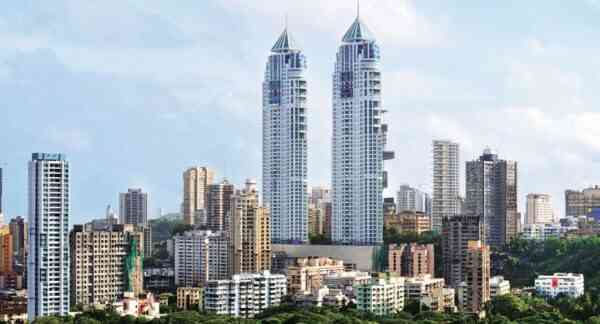The gigantic metropolis of Mumbai is one of India’s most famous cities and often comes as a shock to first-time visitors to the land of spices. Noisy and densely populated, it never stops, and you can hide from noise only in a decent hotel. Poverty is next to luxury, wealth is poverty, and most locals are trying to somehow provide food for themselves and their families the next day.
Facts about the city of Mumbai
- The former name by which this city is widely known is Bombay.
- It was built on seven islands, which were connected together in the 17-18 centuries.
- Mumbai was founded more than 500 years ago, at the very beginning of the 16th century. However, the ancestors of modern people inhabited these territories as early as the Stone Age.
- This is the most densely populated city in India. About the same number of people live here as in Beijing (interesting facts about India).
- In terms of population density, Mumbai ranks second in the world, second only to Manila, the capital of the Philippines.
- A century and a half after its founding, the city was transferred by the Portuguese to the British as a dowry of a Portuguese princess who married the king of England.
- The local library boasts a unique «Divine Comedy» Dante – one of the first two copies of the original book is kept here.
- There is a subway, almost always packed. Despite this, food peddlers always manage to squeeze through the crowd, selling their goods to everyone.
- The Dhobi Ghat district of Mumbai is one giant open-air laundry. Laundry work in India is considered «dirty», so the area is very poor. Tourists in Dhobi Ghat need to be careful – they are not welcome here.
- There are beaches in the city, but they are so littered that it is better not to even think about relaxing on them.
- Almost half of the entire international flow of goods enters and leaves India through the port of Mumbai.
- Mumbai is in the top 15 cities with the most polluted air. And the streets here often just smell bad.
- Among all Indian cities, it ranks first in the number of accidents.
- The contrast between poverty and wealth here is as great as in African Luanda. Slums side by side with luxurious properties and glittering skyscrapers.
- In the center of Mumbai there is a huge park with over a thousand species of plants and over 5 thousand species of insects.
- Mumbai’s railway network is one of the busiest in the world. Trains are usually filled with 3-4 times more passengers than expected. Many ride directly on top of wagons or hang from doors that never close.
- This city bears the title of capital of the Indian film industry. By the way, Bollywood agents are often found here, looking for people of European appearance for filming in extras.
- At low tide, the water in Mumbai recedes so dramatically that many small boats land right on the sand.
- It is very difficult to find any skin cream or gel in local stores that does not have a whitening effect.
- The people of Mumbai are addicted to cricket. However, this is already the most popular sport in India.
- Trains in the local subway run only on the surface, not going underground. There are separate carriages for women.
- About half of the entire territory is occupied by creepy-looking slums.
- Many enterprises in Mumbai, especially state-owned ones, artificially inflate the staff in order to provide jobs for more people. This is commendable.
- Two-thirds of the city’s residents are Hindus. The rest are Islam, Buddhism or Christianity.
- Mumbai’s sister cities include St. Petersburg, Berlin and London.
- English is spoken mainly by representatives of the intelligentsia or the middle class. Simply put, the local poor speak very little English – they don’t need it.
- Many places are guarded around the clock, but, as practice shows, night shift security usually sleeps right at the workplace at night.
- Mumbais love to walk in the parks with their music, only they don’t listen to it with headphones, preferring to carry tape recorders with them. The volume is often turned up to the maximum.
- Most cafes in Mumbai do not have toilets. This luxury is available only in restaurants.
- Local drivers never give way to pedestrians at crosswalks.
- Men here are 20% more than women, because many young people come here from other towns and villages looking for work.
- Taxis in Mumbai are never equipped with seat belts. Even drivers don’t have them.
- Auto rickshaws (they are sometimes also called «tuk-tuk») in the city center during the day with fire, because they are forbidden to work there, but taxis are very a lot.
